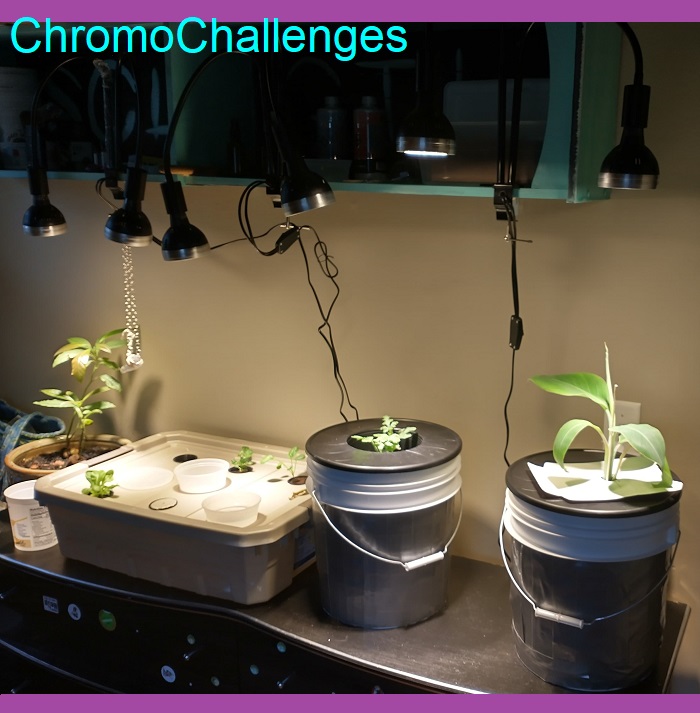My Kratky Hydroponic Adventure
This post includes an introductory overview of a passive Kratky hydroponic container garden, and how to put together a working start to grow hydroponic garden goods from seed.
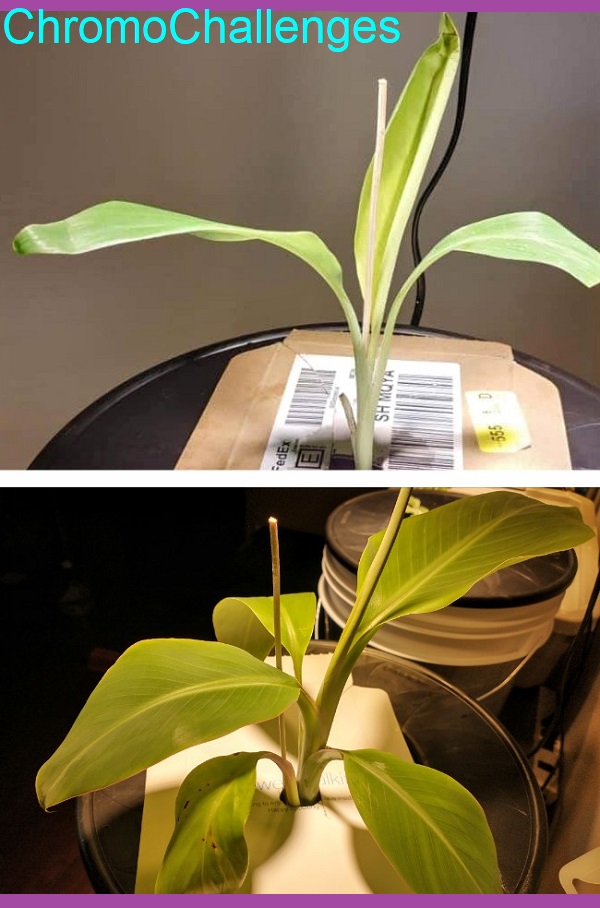
I’ve described throughout this blog a number of food intolerances that Aubby experiences…
Dairy makes her have “lava” vomit that goes so slow she chokes on it as it comes up her throat. Most meat makes her intestines telescope and intussusception, so she eats wild-caught fish. (Admittedly, we haven’t tried crab or other shellfish. In wonderful news, we recently discovered she tolerates lamb so we finally have a backup meat!) Also due to intussusceptions, she still doesn’t tolerate any grains except a specific brand of rice. We recently discovered a brand of dried beans/peas/lentils that she gets along with very well. There was a point she wasn’t tolerating fruits or vegetables, but we’ve grown back from that with a lot of care and eliminations until we started finding tolerated brands.
Tolerated brands made such a difference. That was the point that GI and their dieticians didn’t think it would help. But it did, and her gut began to do better. Inflammation reduced, although sensitization increased until it found its true point in order to begin to begin to recover. That was November 2019 when we started that change in addition to certain supplements.
Throughout 2020, sensitization has reduced. The largest markers of this have been improved tolerance for, say, store bought bananas. Last year she would scream and swell if even a bit was eaten. This year she can have up to a third of a store bought banana.
It was that absence of bananas that gave me the idea…
What if I could learn to garden?
But I’ve never been capable of growing things from seeds, or even to keep a houseplant for any particularly long time. Though, I did have a single bamboo plant for a good thirteen years until my younger shoved its more-breakable-than-expected pot off a shelf a couple months ago and it couldn’t recover.
I’ve always felt there had to be a way for me to learn. It never seemed natural to me that a person just can’t learn to grow plants since that skill is essential to grow food.
I wanted to grow food for Aubby. Surely, if I could figure out a way, if I could read enough, then I could piece together how.
I learned about dirt. I learned about fertilizers. I learned about raised bed and container gardening. I read how to sprout things. I read how to gather seeds. But missing from all of my searches was detail HOW. HOW.
It was when I started searching Facebook for some support groups in order to do my osmosis approach (in which I find a group to learn from, and join and scour until I stop seeing unique information) that a name for what I was looking for appeared…
Passive Kratky Hydroponic Gardening
The Kratky Hydroponic Method was developed in 2009 by Bernard Kratky, a researcher at the University of Hawaii, in the journal Acta Horticulturae (Three Non-Circulating Hydroponic Methods for Growing Lettuce. 843: 65–72. doi:10.17660/actahortic.2009.843.6). It is a passive (no air pumps) deep water culture system in which plants are able to grow above the surface of a reservoir of water with nutrients mixed in. Bill Funkhouser’s website, High Tech Gardening, The Survival Podcast, and Wikipedia have additional introductory info.
But this appeared to be what I needed. The more I read, the more the process seemed to act like the very few math-y and science-y related things I could do, and possibly well.
Like, math is my F-for-“fantastic” subject that I had to retake six times to pass in college because my brain just Does Not Math. To pass, I had to ask my teachers to re-explain their content after each class “like I’m stupid” to get my mind around things. But I was a B student in Geometry, in high school anyway, and actually enjoyed that. The mathematical formulas. And science was never my bag at any point in my education – but I actually aced Chemistry. Again, formulas. Maybe that’s why I got my degrees in Technical Writing and Creative Writing, since writing is formulaic. But I’m also artsy, and that’s something I did immerse myself in all through middle and high school age, so maybe that’s where that success with that side of logic comes in.
If I had to describe my “superpower”, it’d be the ability to connect dots in seemingly unrelated sequences to create new levels of meaning. I’ve surprised potential employers on a couple occasions with my ability to work both creatively and objectively. But anyway, if a man could figure out how to grow a plant using water and not dirt, and the support groups could have beginners like myself have great success even from the very start, then surely I could learn it.
And I did. I osmosed information for about four months about the Passive Kratky Hydroponic Method, slowly gathered supplies over the course of this year, and set up what I needed to do so that I could begin in an afternoon. Since 13 November 2020, I’ve been taking care of my Kratky setup so that I might grow safe produce for my daughter.

This page includes affiliate/direct sales links. At no additional cost to you, I may receive a commission if you make a purchase using any of the links on this page.
As of this post, my setup includes:
- Avocado
- Banana
- Butterleaf
- Tatsoi
- Watermelon
There’s a lot more I already want to do. Even beyond my careful need for safe food for my family, working with the Kratky Hydroponic Method quickly became a hobby for me, I haven’t failed yet, and I can see some thoughts towards the future for what I want to do with it.
First, I want to grow food for Aubby. Then I want to grow food for my family. Then I want to grow food to the point that only meat and accessory ingredients are necessary. Then I want to expand into a second greenhouse space’s worth and possibly vend at a Farmer’s Market. And then I want to maybe even open a shop using the Kratky Hydroponic Method… Now just chuck all of that into my Dreams Maybe bucket.
So what tools are needed to assemble a Kratky hydroponic grow system?
Or at least the tools I picked out for my process, since tools can be as simple as used yogurt containers to cutting up pool noodles. The most important part of the Kratky Hydroponic Method — aside from knowing about air roots(!) — is an easy-to-understand set of nutrients, and meters to make sure the nutrients are the proper concentration and acidity.
- Masterblend brand nutrients
- Meters to measure ppms and pH
- Cyco brand pH Down
- Cyco brand pH Up
- Grow lights (clamp style)
- Grow lights (panel style)
- Reusable seedling tray
- Root Riot brand seed starter plugs
- Long wooden spoon
- Food grade buckets (or HDPE2 or PP5 storage totes)
- 2-inch net pots
- Hydroton clay pebbles by Grow!t brand and Geolite brand, though my observation of hydroton is that it’s pretty interchangeable
- The seeds I wanted to grow that I saved from non-GMO organic Farmers Market goods (but we love to support our farmers, there’s always something new with them that we try when we can), and/or here’s a list of non-Monsanto/non-GMO seed providers
And how does it go together?
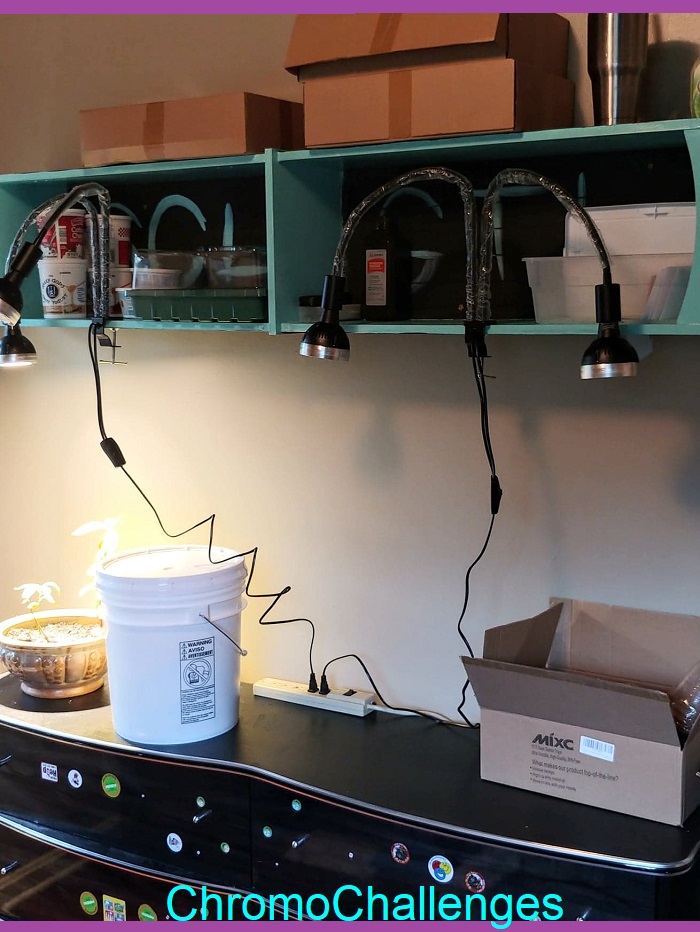
In a nutshell:
- Place reservoir container where it will sit undisturbed.
- Add clean water. Distilled works well. I use filtered water from my shower.
- Add nutrients to water until desired ppms are reached, and adjust pH as needed.
- Use measure sticks to check ppms and pH.
- When reservoir contents are set, place top onto container. The top should already have been fashioned with a 2-inch hole in the top for plants to be placed.
- Place plant into desired positions with either a net cup and clay pebbles, or with altered pool noodle rounds. Plants should already have been prepared in a starting substrate and sprouted to its second set of leaves (growing in its fourth leaf).
- Position light at appropriate height above plants.
And then in my case, I keep notes. I check my plants about 1-3 times a day when I start something, and then a few times a week as it settles in. My notes help me judge progress and need for adjustment.
So what’s my Kratky success been so far? Here are some of my updates!
Update: Arrival and First Seeds for Kratky Hydroponic Container Gardening

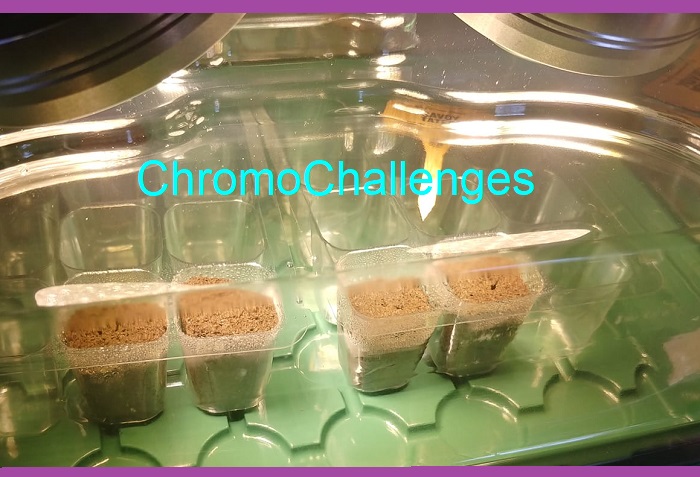
Update: Day 11

Update: Day 19

Bottom Left: Sprouts are doing well, though a bit better since I started ignoring them a bit. Less watering. Been waiting on 60-cent net pots so I can put them in nutes… Hopefully soon.
Right: Banana plant is growing more leaves just fine. I think I found it’s Happy Place is to put the amount of nutes needed to get to the ppms, then wait for it to settle, then add +2 amounts of nitrogen, then let it be. It likes nitrogen far better than anything else, lol.
I’m going to look for *heavy*-type clay pebbles. If I can find that, I might well keep to hydroponic principles for trees but with LECA medium. In essence, a large houseplant. I might need to acquire a Dwarf Banana plant and see how it goes compared to this Ice Cream Vanilla one.
It also occurred to me that maybe LECA style is what I should use for longer-term veggies like cucumber when I get there. I don’t think I’ve seen that method used for veggies, but why not. And leave higher-turnover lettuce to reservoir. Not sure yet, but I have a terrible itch now for an excessive amount of Geolite or Hydrofarm GrowIt clay pebble hydroton.
Update: Day 20
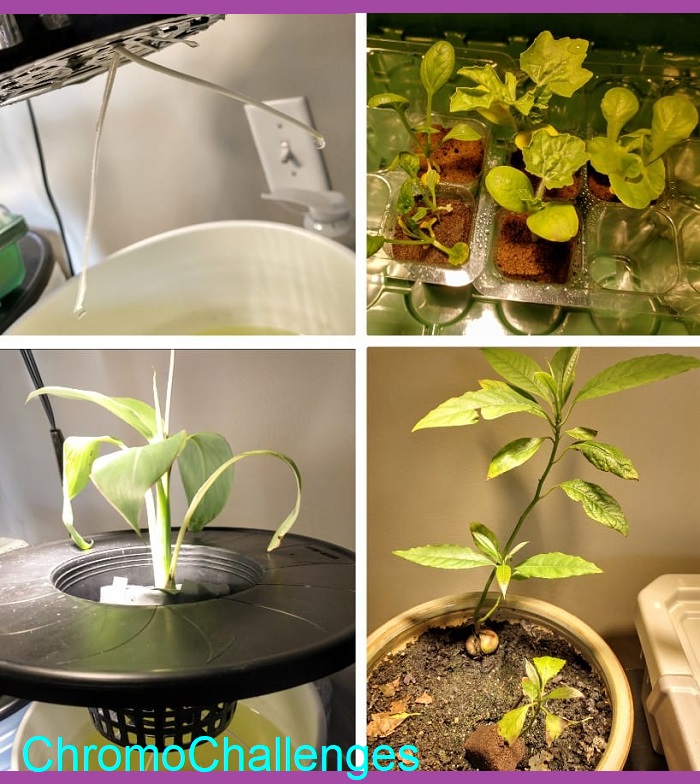
Top Right: Needs toted. The tatsoi on the left haven’t kacked off like I feared for a couple days. The watermelon are getting impatient, yellow leaves. I’m making new nutes today to spray them. Butter leaf are like… mellow dudes.
Bottom Right: No rooting in the plug. Wondering if I need to do something or if waiting more days will make a difference. Buds embiggened again on the big one. Leafs greening up on the small one’s bud, wondering if that means it’s *thinking* about rooting.
I think I can officially say I have a new hobby.
Update: Day 24
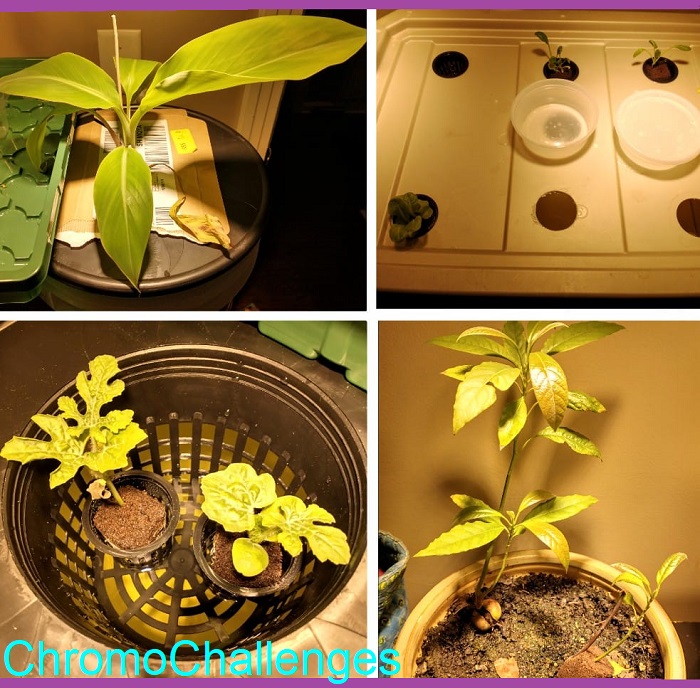
TR: Moved tatsoi and butter leaf to tote. I’m afraid to separate the butter leaf because the roots are all together. That trio will just have to be an experiment, I won’t be doing more than one seed to a plug anyway. Next I’m in their room I’ll be putting a few more butter leaf to sprout. The little net baskets for them to grow in are super cute. Teeny baskets. *squee*
BL: I’ll definitely be interested to check them tomorrow. I ended up with extra ppms in the watermelon bucket, but correct pH. Hopefully they’ll just suck that up. Will find out… Watermelon apparently has a similar ppm and pH need as banana, so I basically just need to match them. Had a mishap with forgetting to turn the grow lights off the other night and scorched a couple leaves on one of them.
BR: The avocados. Happier the nutes poured to water them were fresh made. Really hoping the honey rooting works, will be checking that next week. If not, I will see if doing a full 45-degree cut will make it work finally to grow roots. I’m tired of seeing it just waste away slowly. So either needs to Do The Thing, or it won’t.
I’m glad this is something I can do at a leisure pace. I need to make more top covers like the banana has. Planning to create an intro blog post about this since I’ve been working on my site this week.
Update: Day 26

TR: One tatsoi doing well, the other two are now an experiment in being crowded like my first butterleaf lettuce.
BL: I need to separate one of the watermelons into its own bucket before it gets to tangled in the net pot it’s currently in.
BR: Big avocado is happy and I’m happy to see so many leaves. Little avocado, yet again I worry may not make it. I will be moving both to a LECA format tomorrow, and the little one will have to take to nutes or that’ll be that…

